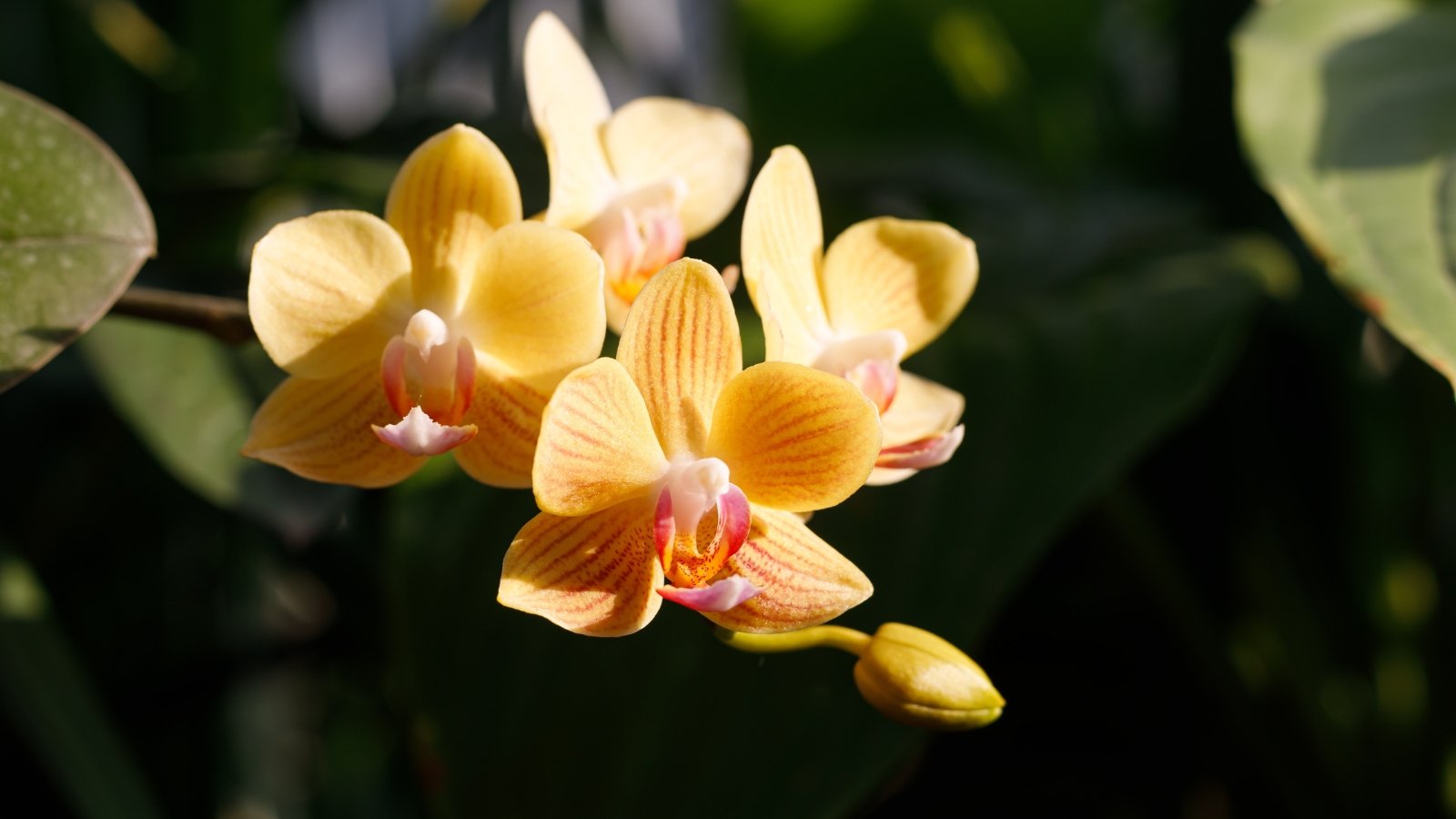Orchids are a few of most likely probably the most notoriously widespread houseplants, and for good motive. They’re merely enchanting when in bloom. Most incessantly, we buy orchids whereas they’ve flowers on them. How else would they seize our consideration if not for his or her distinctive and opulent flowers?
It may very well be subtle to ponder these tropicals as having a season. How will you all the time uncover them within the market in bloom throughout the event that they flower seasonally? There’s a fairly priced reply to this, and as you be taught on, you’ll seemingly resolve the best way by which it’s carried out.
We’ll deal with encouraging your orchid to flower on its frequent schedule, although, since that’s when it should happen most naturally. In case you pay attention to its needs, you’ll know precisely what to do to assist provoke the flowering course of. So, merely how typically do they bloom, and when do it is a should to depend on to see some flowers? Let’s dig in.
The Quick Reply
Most orchids flower a number of cases per yr. The timing and frequency with which your orchid will bloom depends upon upon fairly a number of elements. The sort of orchid and its location are figuring out elements. Environmental elements furthermore affect bloom time and frequency. Shifts in gentle and temperature set off flower enchancment in most species. Orchids are heavy feeders, so furthermore they reply correctly to frequent fertilizing.
The Extended Reply
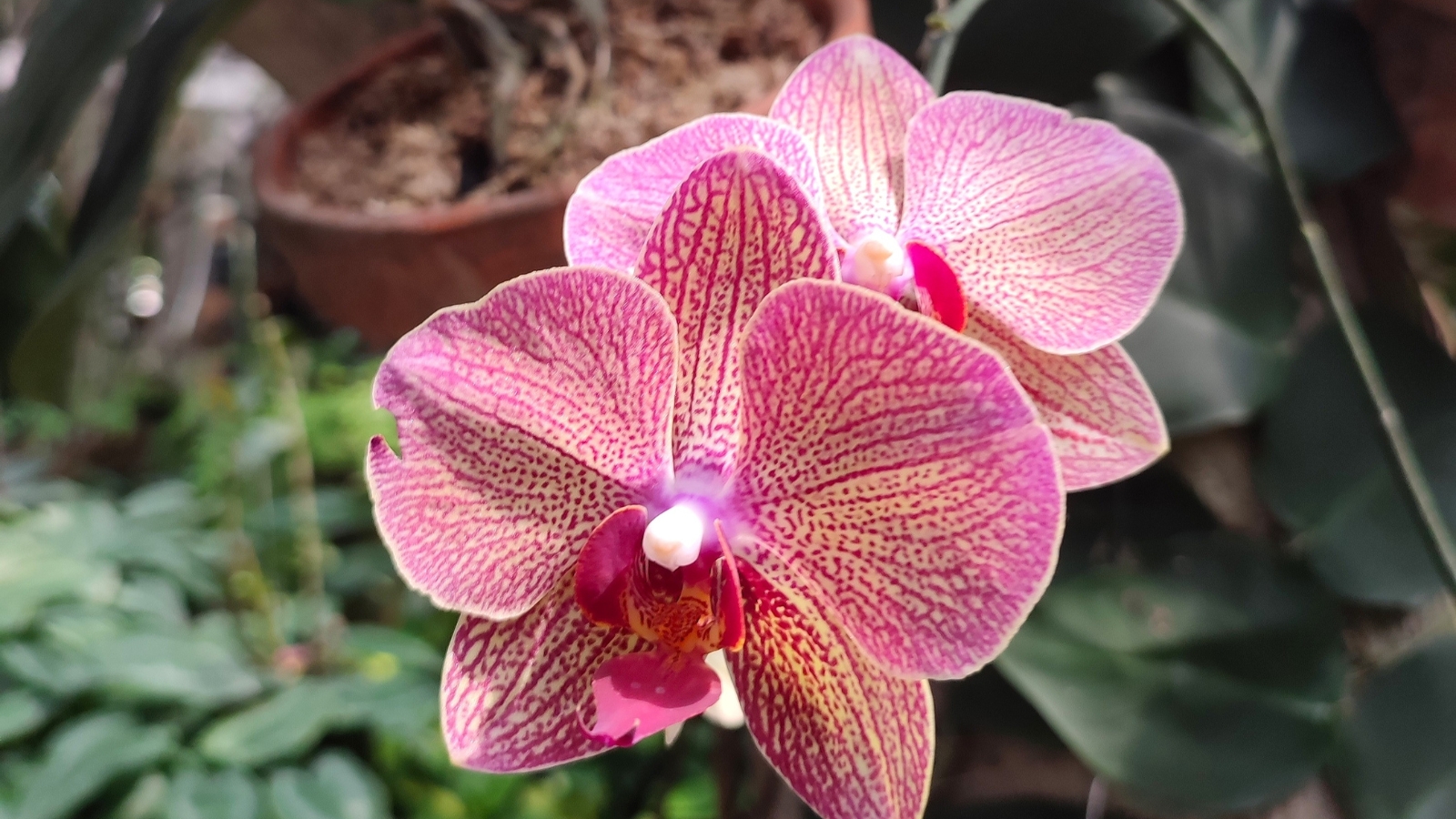

Convincing your orchid to bloom is one issue of an work and requires understanding your particular plant and its habits. There are varieties that flower all by each a part of the yr. I’m correct proper right here to debate when to rely in your plant to bloom and what it ought to get there.
What Type of Orchid Do I Have?
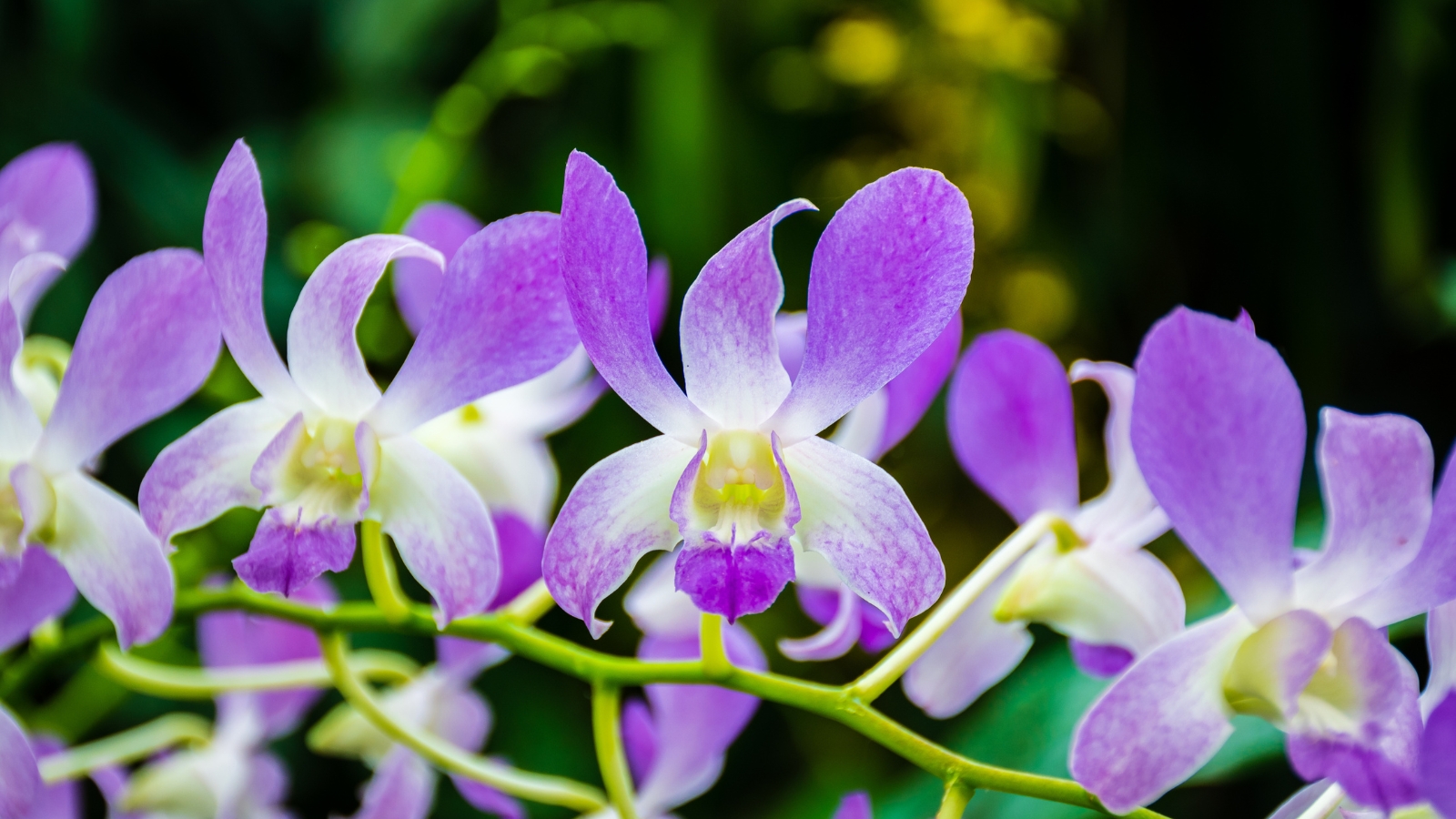

With spherical 28,000 species of orchids on this planet, it stands to motive that they don’t all have precisely the an similar habits. Some are spring bloomers, some are fall bloomers, and others can flower anytime. Some species bloom solely as shortly as yearly, others twice yearly. Nonetheless, others is also common bloomers that flower further typically than this.
Let’s break that quantity down a bit and check out blooming by the use of genera. There are just about 900 genera of orchids, every with their variations, although some are delicate. They’re native to a variety of areas and climates. Most are native to rainforest climates, nonetheless some species develop in each state throughout the US.
Many of the orchids saved as houseplants are tropical. A few of the most typical varieties you possibly can discover from retailers embrace phalaenopsis, dendrobium, oncidium, cattleya, epidendrum, cymbidium, brassavola, miltonia, zygopetalum, laelia, and spathoglottis. You most likely can do that textual content material for an in-depth check out many varieties of orchids. It’s going to allow you to resolve which one you possibly can be working with.
When Does My Orchid Bloom contained in the Wild?
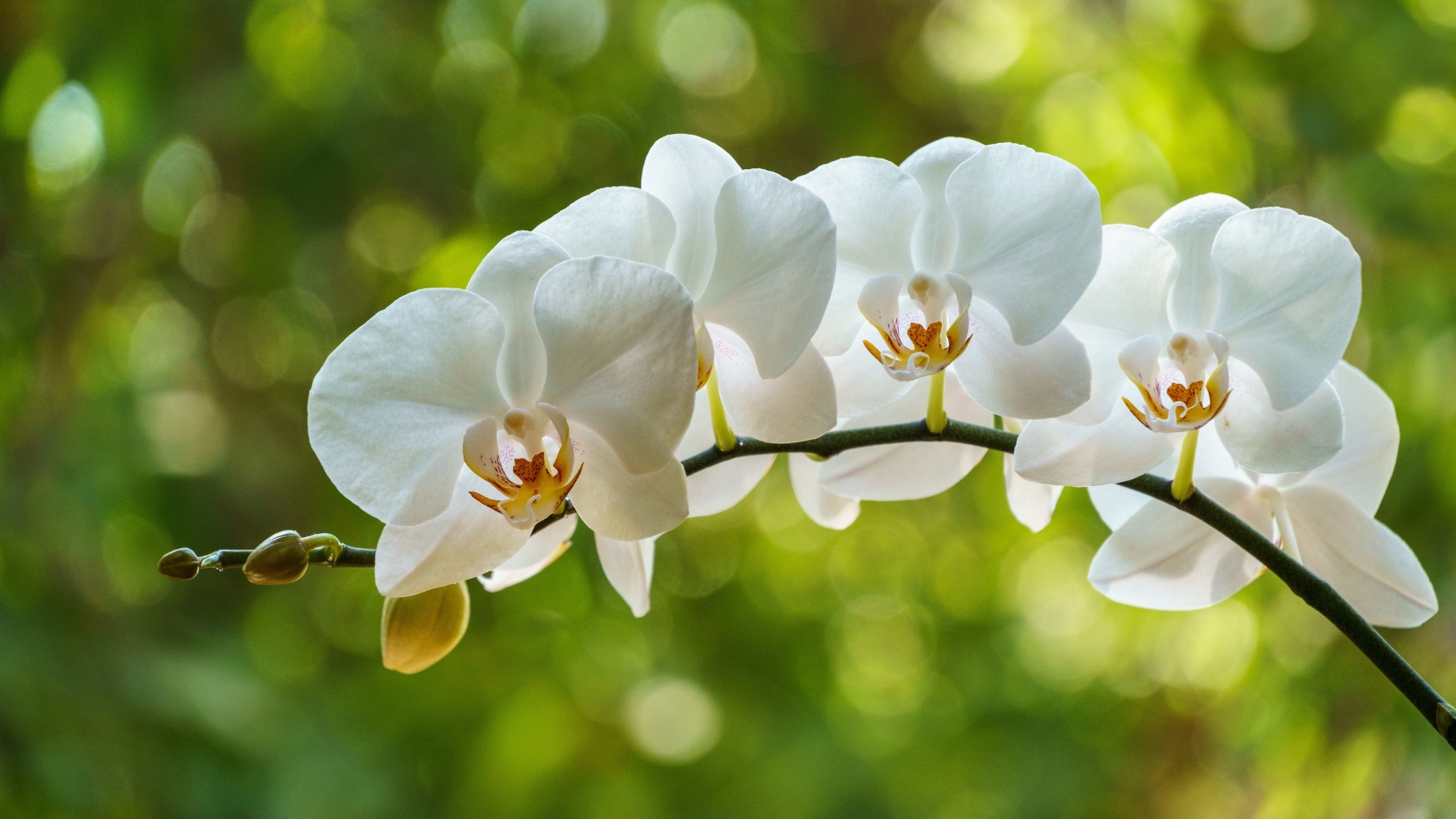

It may very well be unattainable to debate the flowering habits of all species, so I’m going to stay with these varieties we normally maintain as houseplants. Keep in mind that this file is much from exhaustive and solely signifies when these crops bloom of their native setting.
Quantity of Blooms and Seasonality Based mostly on Genus
| Genus | Frequency of Blooms | Season |
| Phalaenopsis | 1-3 occasions | Winter, Spring |
| Dendrobium | 1-2+ | All |
| Oncidium | 2-3 | Fall, Spring (some hybrids year-round) |
| Cattleya | 1-2 | Spring and Summer season season (further typically in a greenhouse) |
| Epidendrum | 2+ | Spring, Summer season season, Fall |
| Cymbidium | 1-2+ | Fall, Winter, Spring |
| Brassavola | 1-2 | Spring, Fall, Winter |
| Miltonia | 1-2 | Spring, Fall |
| Zygopetalum | 1-2 | Spring, Fall |
| Vanda | 2-3 | All |
| Laelia | 1 | Fall, Winter |
| Spathoglottis | 2-3 | All |
What Parts Affect or Encourage Blooming?
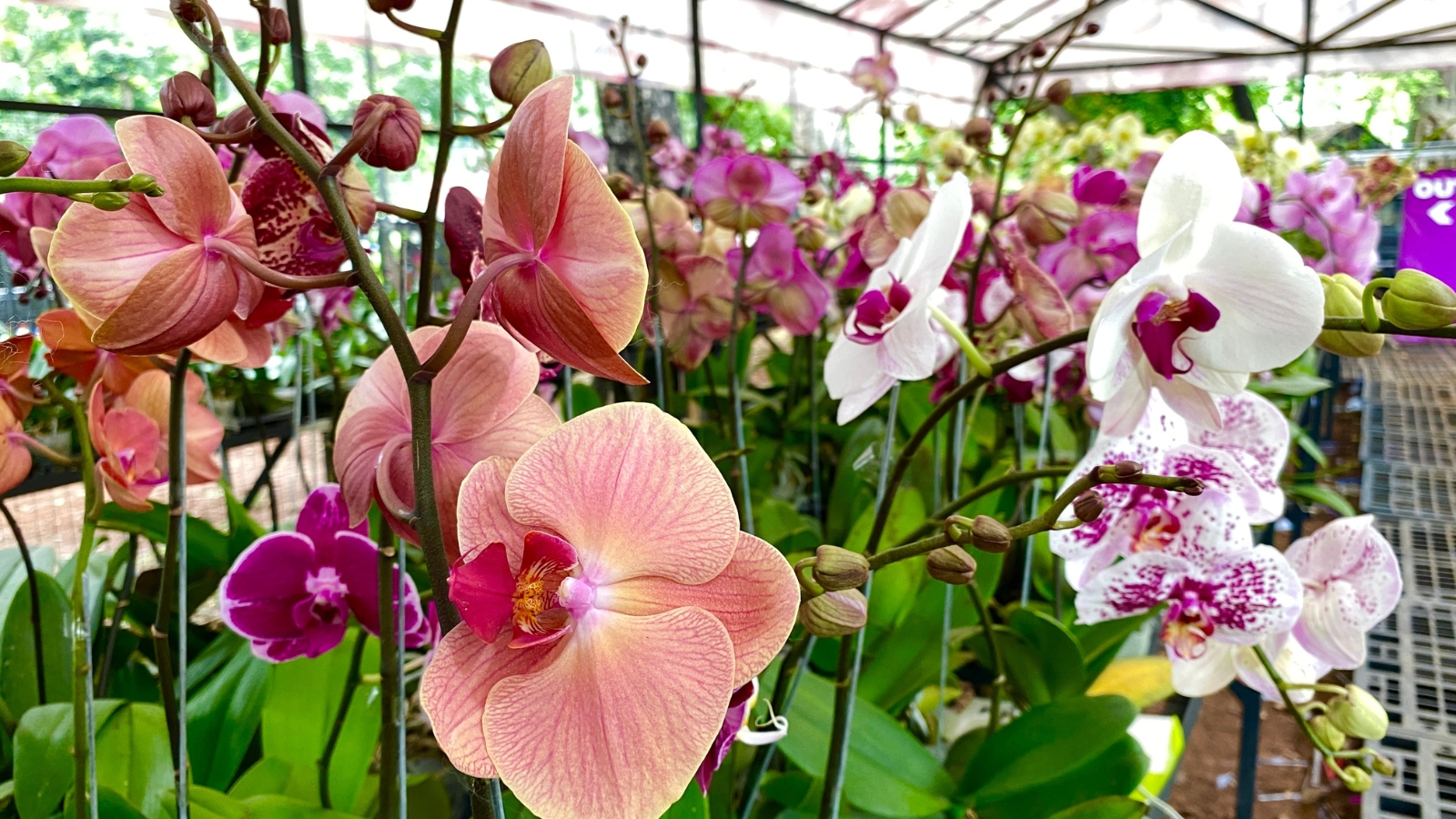

We’ll deal with spring blooming as goal as we communicate regarding the elements concerned in initiating that cycle. If we operate for a spring bloom, we have to provoke the cycle inside the autumn.
Contemplating pure seasonal shifts makes it fairly a bit clearer why and the best way by which numerous parts impression the cycle. Let’s check out adjusting our plant’s setting to impress flowering.
Time of 12 months
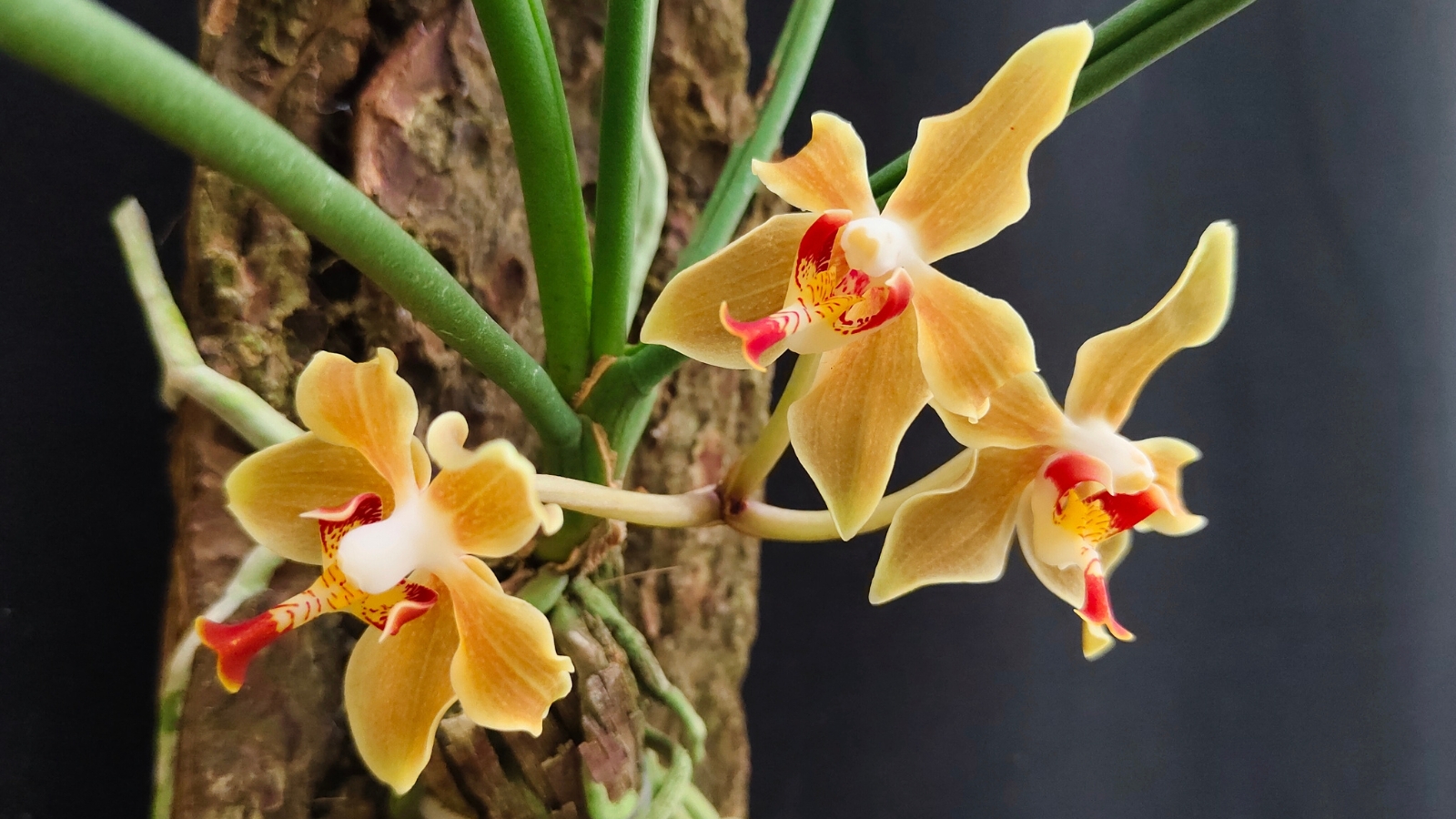

The plant’s pure habits performs a starring place in its cultivation conduct to a large diploma. The nearer you most likely can mimic the circumstances of its native setting, the higher. This helps the plant align its habits with the time of yr and circumstances it has superior to take a look at.
Recreating a tropical setting in your personal residence is also robust, so we do our largest. Then, we’re able to observe how the plant adapts and make modifications the place vital.
That talked about, cultivated orchids can flower on the an similar schedules and, normally, further typically than these contained in the wild. If we present the correct circumstances, now we have further administration over their bloom occasions.
Delicate
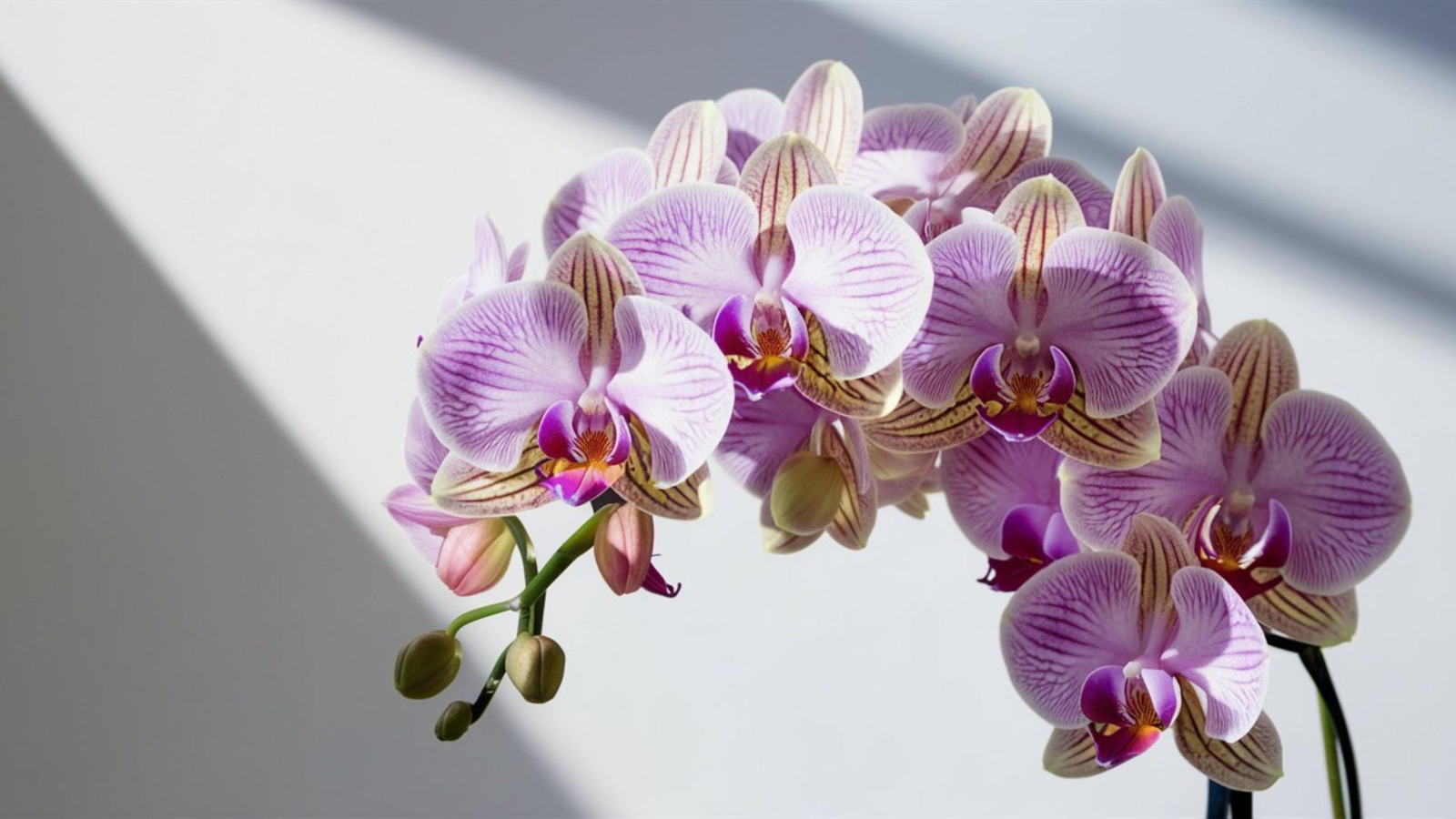

Offering your plant with the correct selection and quantity of daylight is paramount to blooming. Most orchids don’t like direct picture voltaic, nonetheless they want different gentle to flower. Figuring out what kind of plant you have obtained will even be vital.
Some varieties, like phalaenopsis, choose decrease gentle circumstances. They do very correctly indoors consequently. Others, like cattleyas and vandas, choose some direct gentle or vivid, oblique publicity all day. As an ordinary rule, most orchids choose vivid, oblique gentle for a lot of the day.
So, how will in case your plant is getting satisfactory gentle? That’s fairly simple, actually. Try the leaves. Orchid leaves should be stiff and stand upright. They should be a mid-shade of yellowish inexperienced fairly than darkish inexperienced.
In case your plant produces ample darkish inexperienced enchancment nonetheless shows no indication of flowering, it’s not getting satisfactory picture voltaic. An excessive amount of picture voltaic is commonly the offender in case your orchid leaves look bleached or scorched.
One completely different light-related drawback contained in the flowering course of is the dimension of daylight. Crops ought to expertise gentle cycles, and the dimensions and affiliation of those cycles typically inform a plant when it’s time to start out out out producing flowers.
Lastly, there’s a clear path to optimum blooming nonetheless you can begin by guaranteeing your orchid will get as fairly a bit pure gentle because of it needs. The pure cycles of daylight and darkness will let the plant know when to impress flowering.
Temperature
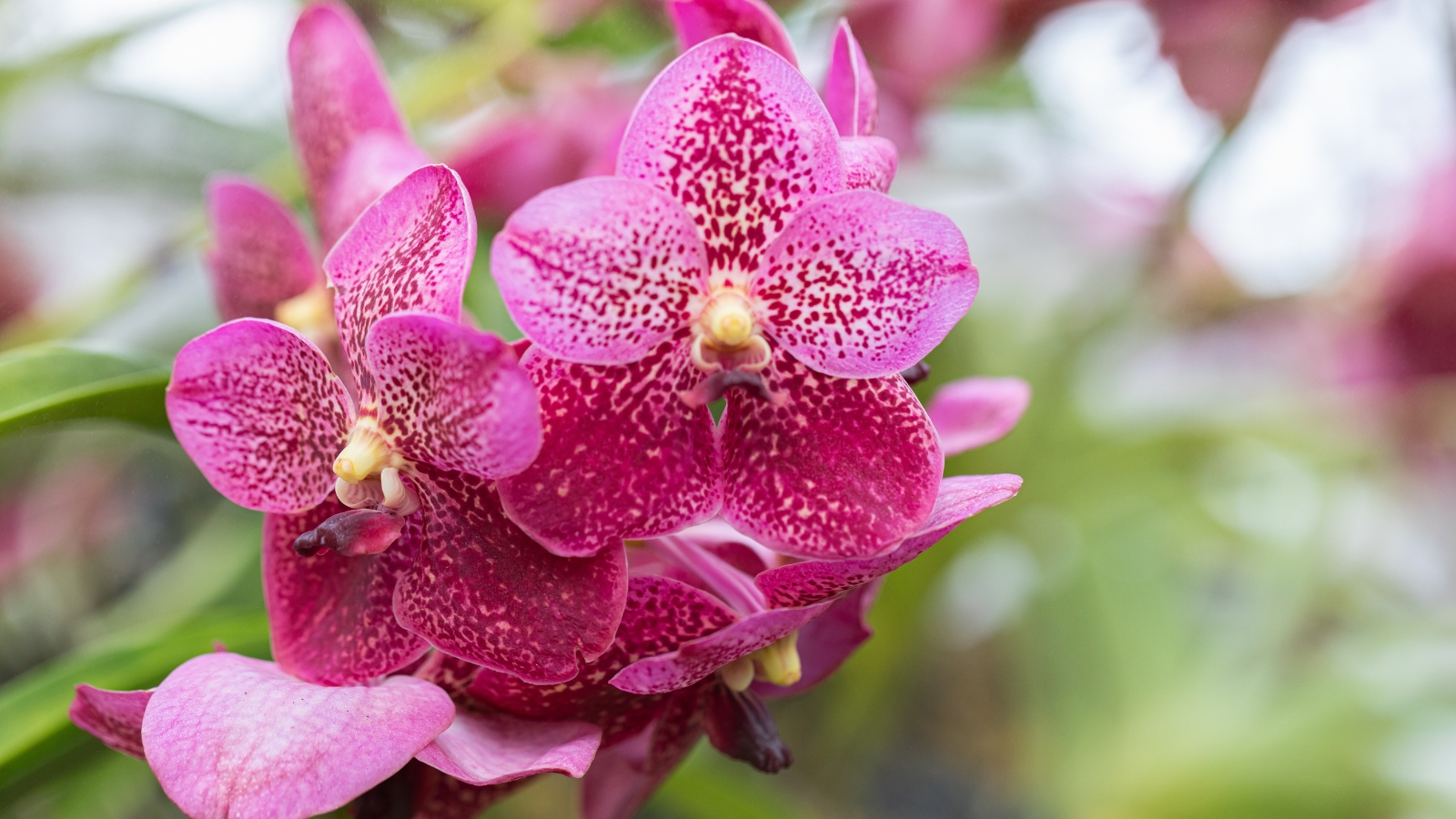

Orchids are typically cozy in temperatures similar to these people are inclined to set their thermostats to. Some, like vandas, choose hotter native climate, so that they don’t make good houseplants.
Many orchids are spring bloomers, and we’re able to make use of this data to grasp how temperature drops impression the technique. Shorter days and cooler nights inform these crops that it’s time to start out out forming a spike.
A drop of about 10 ranges at evening time time is true the place it is worthwhile to be. Now, how do you try this in a home with the thermostat set to a particular temperature? Efficiently, it depends upon upon how fairly a bit effort it is worthwhile to place in.
A simple strategy to supply your orchids a pure temperature drop is to position them open air. Goal for nighttime temperatures contained in the 55-65°F (13-18°C) vary. Pay shut consideration to the native climate due to a frost can kill your plant. The plant needs a perceptible shift between day and evening time time temperatures of about 15 ranges for 2 to some weeks.
This shift will let the plant understand it’s time to start out out flowering. After exposing it to fluctuating day and evening time time temperatures, you most likely can return it to the indoors and resume your frequent care routine. Whereas it’s open air, you’ll wish to improve your watering frequency barely.
Dietary nutritional vitamins
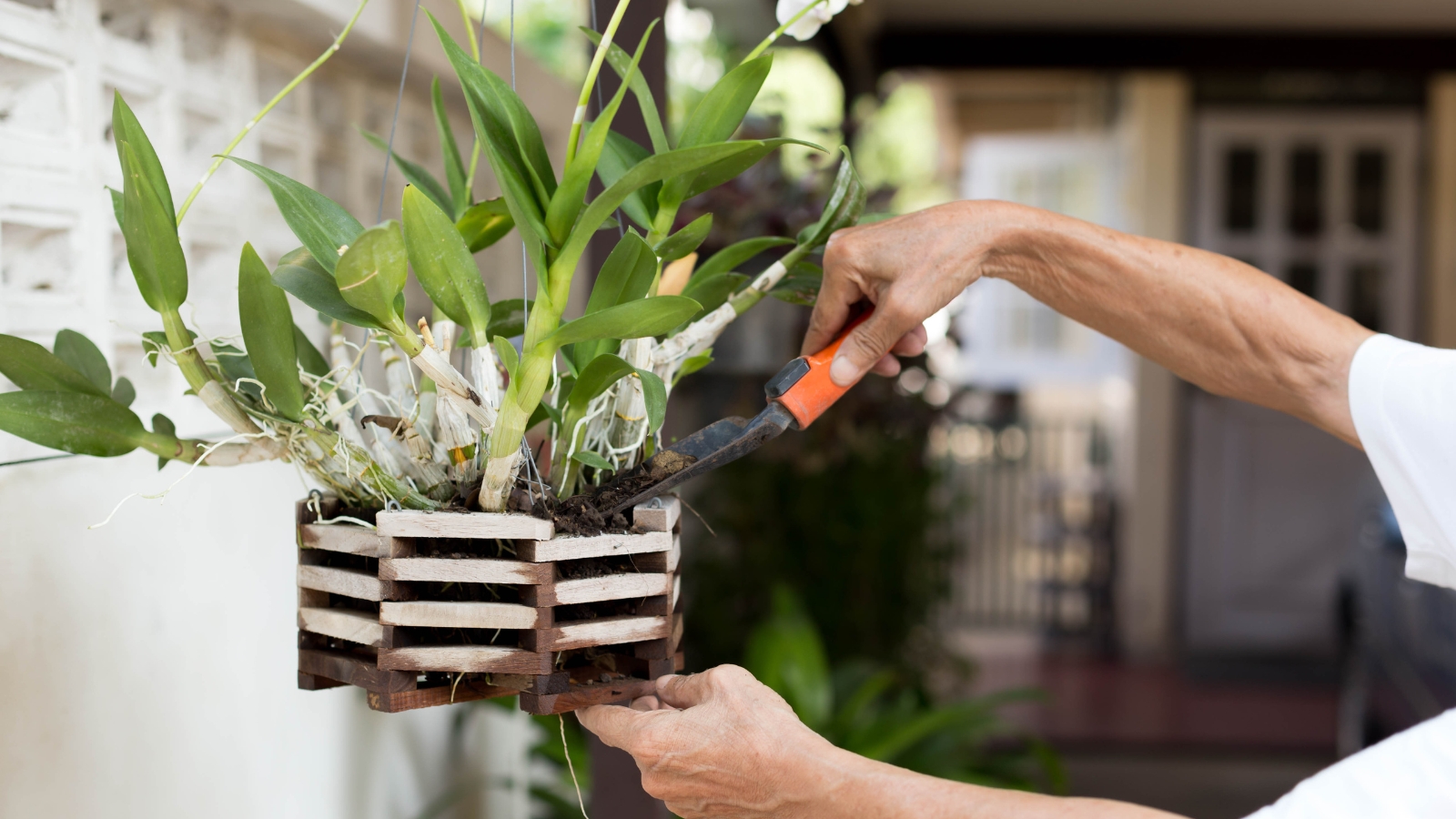

The final phrase piece of this puzzle is your orchid’s fairly essential nutrient needs. Making use of fertilizer is simply not going to impress flowering; fastened dietary nutritional vitamins assemble a additional healthful plant over time.
These tropical beauties want fertilizer incessantly to maintain up them healthful. They may thrive with options of fertilizer one to 2 occasions month-to-month. They want frequent software program program due to their potting medium lacks water or dietary nutritional vitamins.
Inside the event that they constantly get satisfactory dietary nutritional vitamins, they’ll have an excessive amount of vitality when the sunshine and temperature shifts sign the flowering course of. Proceed to fertilize till the flowers drop.
Key Takeaways
The most effective approach to encourage these beauties to bloom is to mimic the shifts of their pure setting. They’ve tailored to those circumstances over extended durations of time. Your orchid will flower largest when its inside clock says that the time is true!
